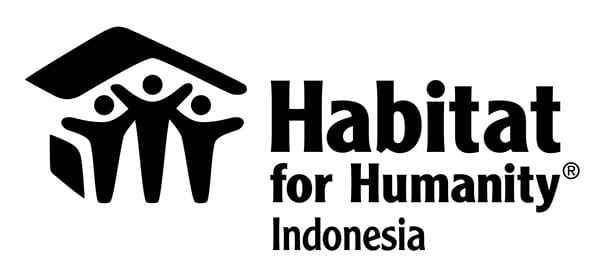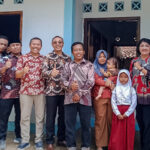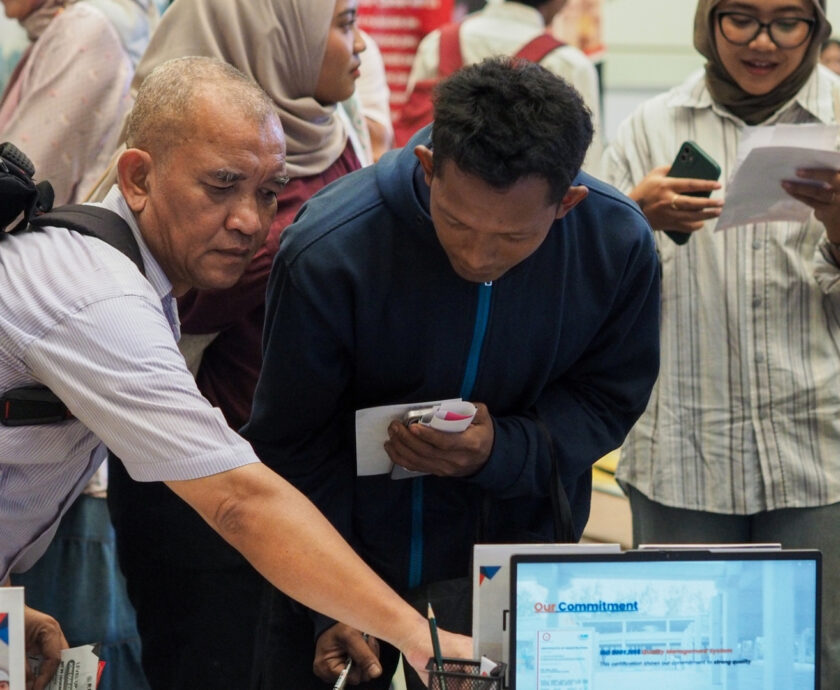Local governments should find more innovative ways to maximize the utilization of the local budget to support low-income households in having or renovating their houses. The local government should be creative in funding allocation to eliminate the housing backlog and inadequate housing. This initiative is needed to help low-income households finance housing construction or renovation.
Deciding the amount of support for house funding is a dilemma. It cannot be used to renovate or build a house if it is too small. The money will go to anything else, such as daily consumption. If the funding is significantly large, then what kind of house will they build? Anyone will be tempted to build a big house, but later on, they will find out that the money will not be sufficient. Government funding will also not be enough since many low-income households need support. Then what will be the solution? We need to consider limited budget, but support as many households as possible with adequate housing.
Those were discussed during the workshop in Gresik Regency, East Java Province. The Vice Regent of Gresik acknowledged that the regency has more than 6,900 inadequate housing units. Utilizing the village budget was discussed during the workshop on advocacy for providing adequate housing by the Local Government budget. The local government needs to find innovative ways to add its portion to the limited village fund. As discussed, a policy should be developed for technical guidance on prudently operationalizing this initiative.

Read also: 28 Years of Habitat for Humanity Indonesia: Building Homes, Building Futures
Supporting this initiative, Habitat for Humanity Indonesia shared its experiences developing the Regent Decree about Technical Guidelines for Building Decent Houses in Tangerang Regency. This policy was proven to be useful, as the Tangerang Regency Housing and Settlement Agency built more than 3,100 adequate housing units for low-income families.
Moreover, with the generous support of PT Arthawenasakti Gemilang, Habitat Indonesia had supported families in Wringinanom Subdistrict with a Community-Based Disaster Risk Management (CBDRM) approach. This disaster risk management approach involves communities actively identifying, analyzing, treating, monitoring, and evaluating disaster risks to reduce their vulnerabilities and enhance their capacities to prevent and withstand the damaging effects of hazards.
Understanding the risk, they proactively add features such as elevating the floor level since they have annual flooding. With this approach, too, families contribute to the construction cost by paying part of the builder’s wages and daily snacks, adding porches and ceremonies as common practices in their villages. This approach ensures responsibility and ownership, and since the families contribute to the process, they will maintain their houses properly.
Combining advocacy and proof of robust houses constructed will send a strong message of the successful collaboration of local government, homeowners, and Habitat for Humanity Indonesia, which is supported by its generous donors. This will encourage replication, and this approach can be used across the country.
Writer: Arwin Soelaksono/Program Director Habitat for Humanity Indonesia
(as/kh)





